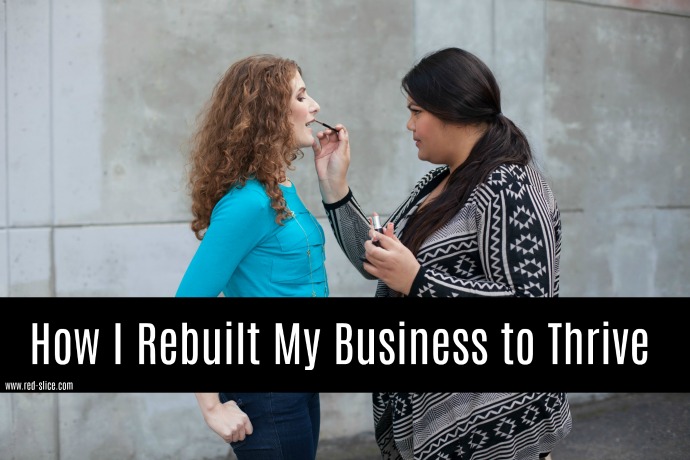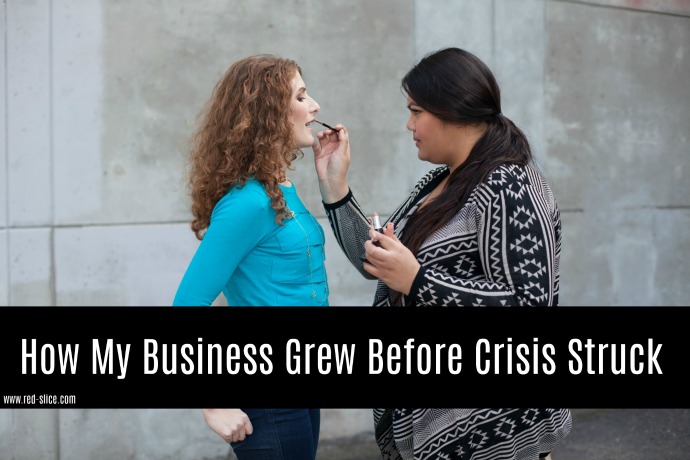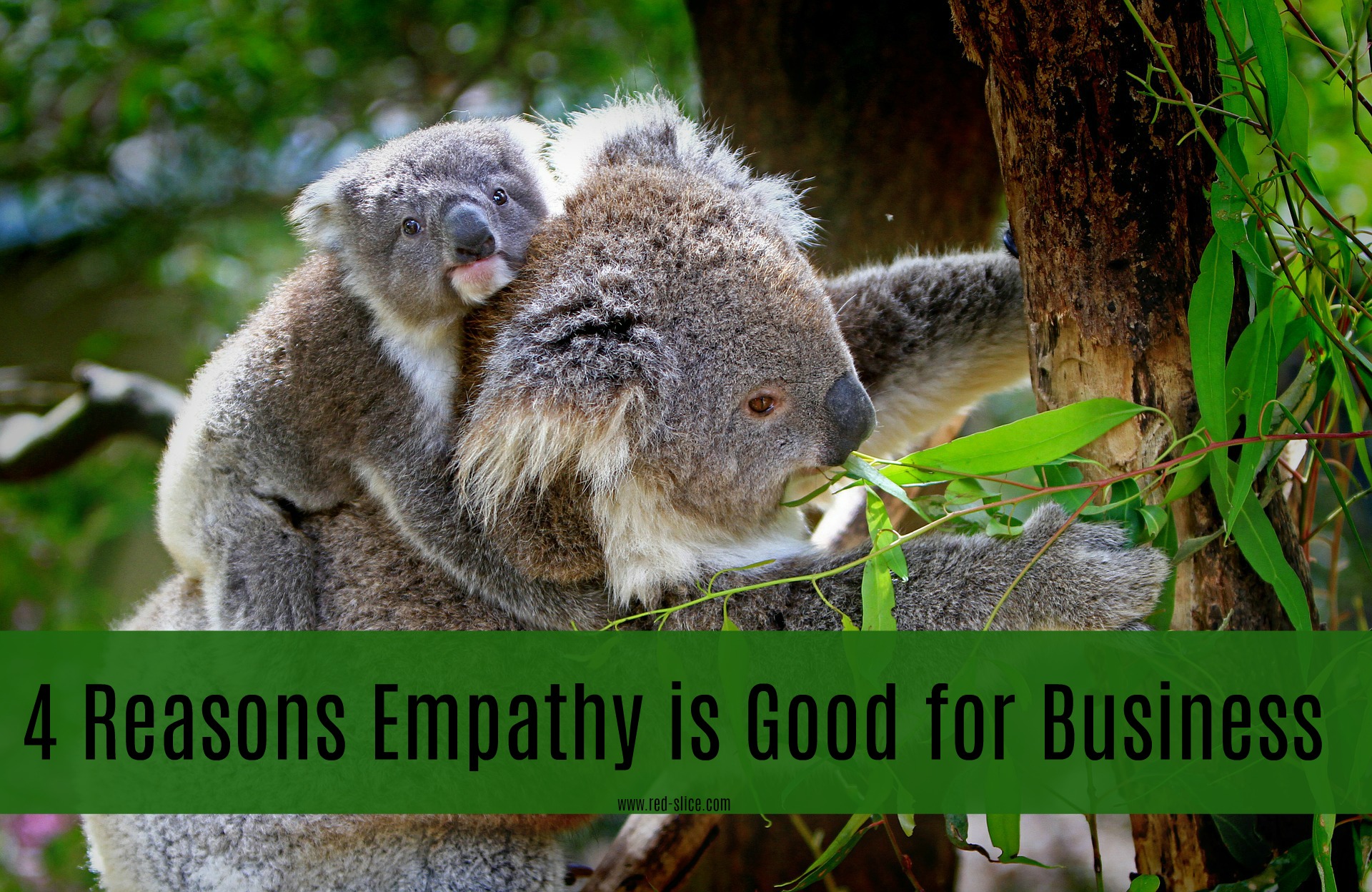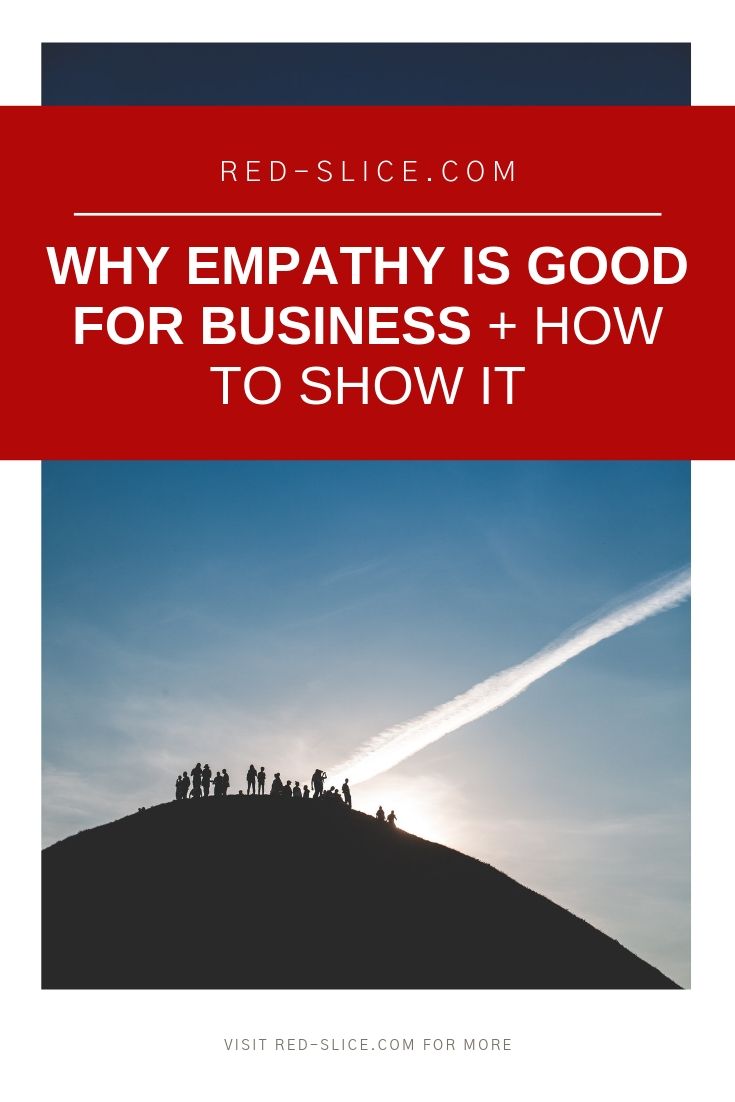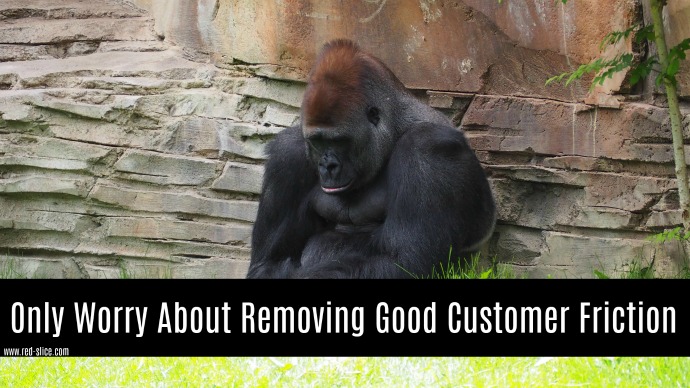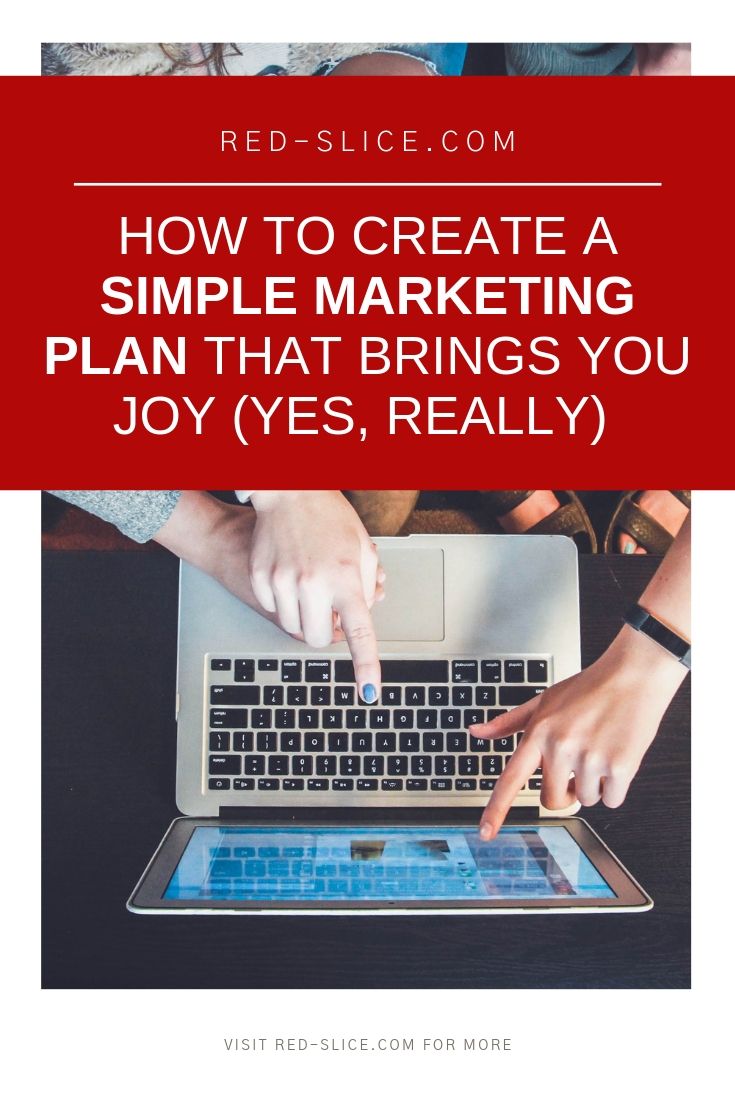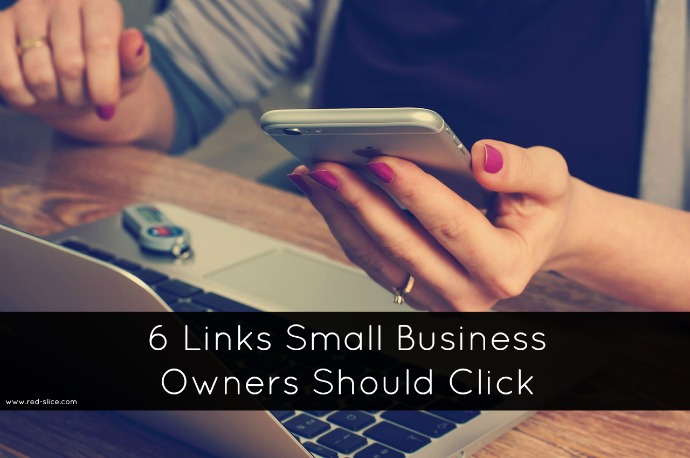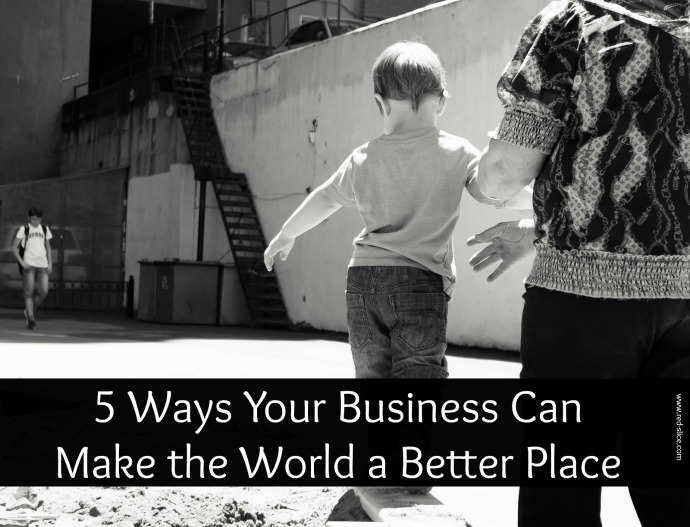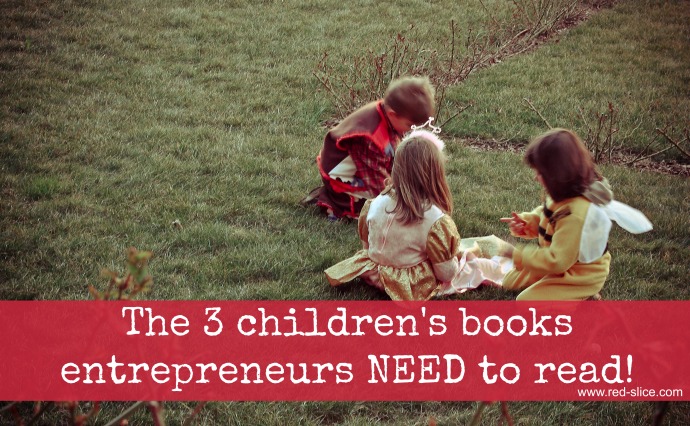Previously in Part 2 of the Red Slice origin story…
My entrepreneurial journey – and my life- came screeching to a halt when I almost died from a ruptured brain aneurysm. There are just some crises you can’t build into your business plan! But, guess what? The sky didn’t fall. In fact, it opened up to a whole new way of living and doing business that would change me forever – and can hopefully change you for the better, too.
If you missed Part 1, you can read it here.
If you missed Part 2, please check it out here.
Get ready for Part 3!
GETTING BACK INTO THE GAME
OK, so I’d survived a ruptured brain aneurysm. It was amazing to me how quickly people can rally around you after a crisis and pick up the slack. Armed with moxie, and a healthy dose of ignorance about the severity of it all, I thought I’d be back to work in seven weeks, when in reality, it took many months to focus on healing, recovery and therapy.
I had to overcome quite a few cognitive deficits: information overwhelm, prioritization, short-term memory, even vocabulary recall. All perfectly normal after-effects–and all skills I needed to do my work.
In addition, I lacked confidence to jump back into my life again. My hair had been shaved off, my eyesight was temporarily impaired and I was still regaining my strength. My husband, God love him, was my rock through it all. But he was not going to be able to jump-start me back to work.
Finally, after about six months (which is a miraculous timeframe for this type of injury), I was ready to dip my toe back into work and rebuild my business. But how to do it?
Networking again played a key role. The connections I’d worked so hard to build, both professionally and personally, saved me. I had to get comfortable asking for help–and see it as a sign of strength and resourcefulness, not weakness. People wanted to help. So I asked people to drive me places, accompany me to events, and get me back out there. I decided that if I started acting brave, maybe I’d start feeling brave–and I needed cheerleading and support or I’d lose my nerve all together. Had I not spent the time to build and nurture that community, before I needed it, I’d have been in a world of pain.
And soon, my network spread the word that I was back in the game and ready for action again.
LESSON ONE: Build your community and tribe before you need it. Tend to it. Nurture it. If you start only when you need it, it’s already too late. (Tweet!)
A NEW APPROACH, BUSINESS MODEL + SUCCESS
Fast forwarding through recovery, I started the difficult task of embracing the New Me. My brain now worked overtime on tasks that had once come easy to me so I had to adapt and find new strategies. What would this mean to my work, which was all about my IP and executive brain functions? My therapists suggested choosing a simple, structured project to start.
Which I did not heed. My first project back was unstructured and complicated. I cried daily.
But I got through it and gained confidence back in the process. Networking continued to help me get my name back out there. I ran a few workshops with a colleague. I started blogging and guest writing articles again. And slowly but surely, folks realized Red Slice was back.
During this “gentle” time of figuring things out and taking on limited clients, I finally got serious about writing a book, a dream I’d had since I was a little girl. Having this time to chase long-procrastinated dreams was a gift. I’m not sure I would have otherwise taken the time.
Soon, I published my first book and started booking more business. Client work was still a struggle, but I surrounded myself with understanding partners who helped me with some of my deficits on the back end.
In the next two years, I took on some big projects. At one point, I had a dream project with a software company…and simultaneously, a hellacious project with another big company. I finally realized that my passion was for the early strategic phase, where I could ferret out big insights and package them into an amazing brand strategy and story.
The rest of the project, however, was less fun. I basically functioned as a project manager, overseeing implementation. This phase made me want to poke my eyes out.
A wise coach gave me permission. She said, “If you don’t like doing that work, Maria, stop doing it!” And that was it. I was free! I revamped my messaging, repackaged my offerings to just focus on brand strategy and upped my rates. I was happy to give client’s a firm foundation and then refer out the tactical work so I could move on.
It was scary to narrow my focus to attract the right clients and do the work I love. But, hey, it was advice I’d been giving my clients all this time–I just hadn’t followed it myself!
And guess what happened? More of the right clients came to my door, I was happier, more relaxed and working from my heart.
Life’s too short to do work you hate. And it’s downright insane if you as an entrepreneur are the one deciding which work you do!
LESSON TWO: Don’t be afraid to focus, reinvent and make your business work for YOU (Tweet!)
BETTER PRIORITIZATION…ON AND OFF THE FIELD
This life-changing event not only transformed my work but my life. I was no longer the same person I was before the aneurysm. I couldn’t possibly be.
It wasn’t just having a “near-death experience” or even the psychological and cognitive changes that occurred due to the injury. Powerful lessons punched me dead in the face so there was no way I couldn’t pay attention.
I had always wanted my work to be more meaningful and now I had the chance to change lives. After much cajoling from others, I was finally ready to share my experience and lessons learned through a book. It was my heart’s mission and responsibility to take my amazing recovery and help others who were not so lucky. I wrote Rebooting My Brain in late 2011 and suddenly found myself playing the role of brain injury awareness advocate, speaking and volunteering to represent the patient point of view.
My cognitive challenges forced me to make significant work (and life) changes. I had no choice but to learn how to better focus on one thing at a time, stay present, and go easy on myself. My fatigue and overwhelm would not allow for manic multitasking and overscheduling anymore.
Wow. “Be present.” “Focus.” “Leave breathing room in your schedule.”
Not a bad way to live, let alone work, eh?
All of these changes led to a flourishing business once again. I built a solid reputation, enjoyed national media appearances, and published more books. And I even found a way, despite the high-risk due to my health issues, to have my first child at 41 years old, a beautiful baby boy.
So where are things right now?
Life is full. Somehow, someway, I managed to accomplish many of the goals I had set for myself way back when. I just got to them through a slightly delayed and circuitous route than expected!
Every day, I’m still learning and growing. I’ve added MOMENTUM, an exclusive coaching program to my offerings (Check it out! It starts October 6!), and am working on my next book. And I’m enjoying every precious moment with my husband, son, family and friends.
If only I could go back and tell that eager beaver to just relax. Everything you want can fall into place eventually, no matter what curveballs life throws at you.
I’ve learned that if you focus on your strengths, rather than defining yourself by your weaknesses, you can find creative ways to get to your goals in the end.


